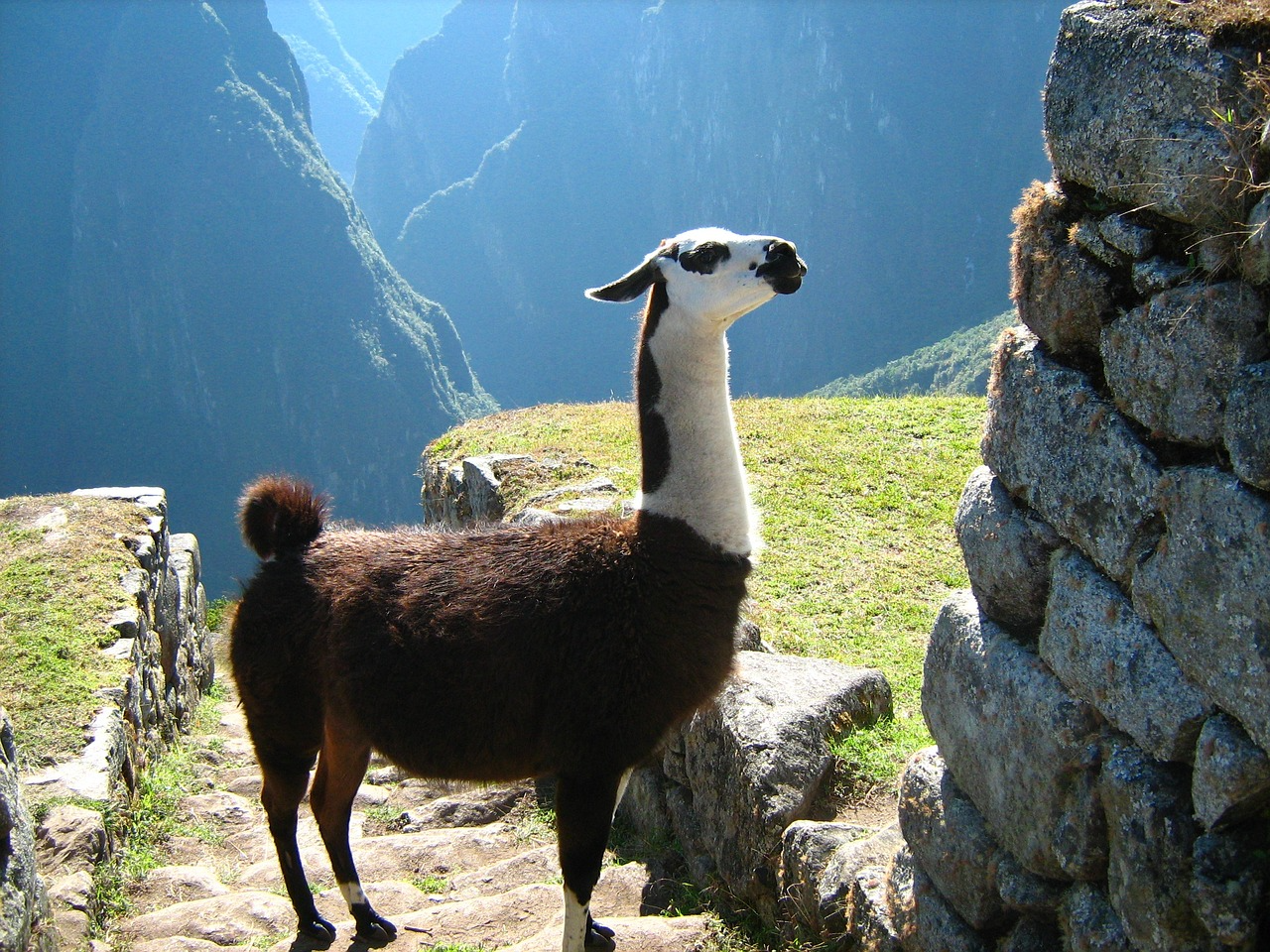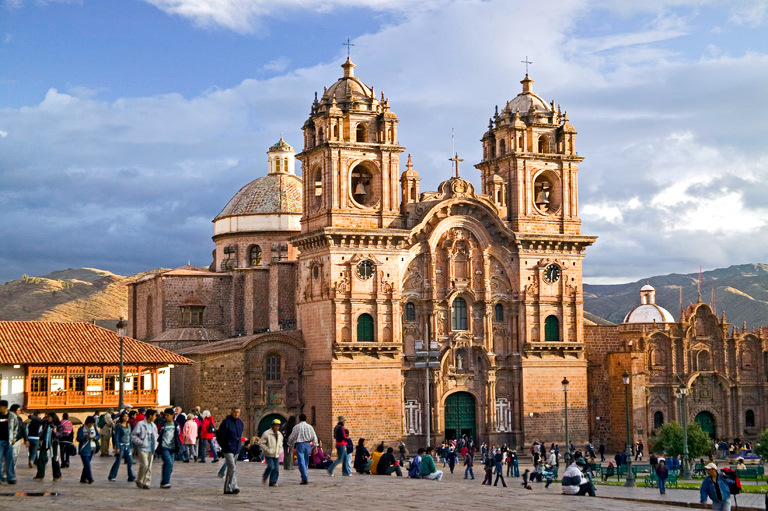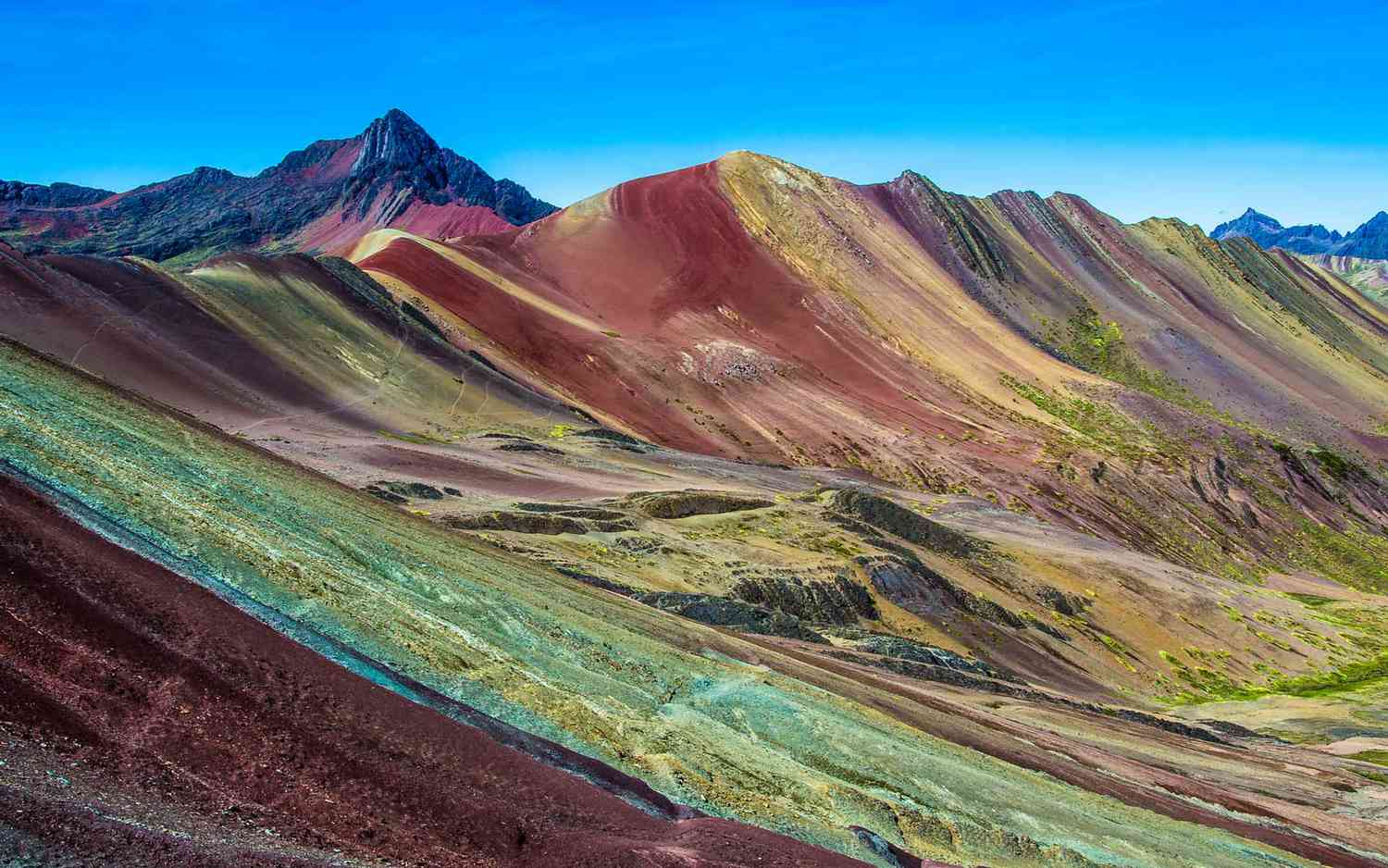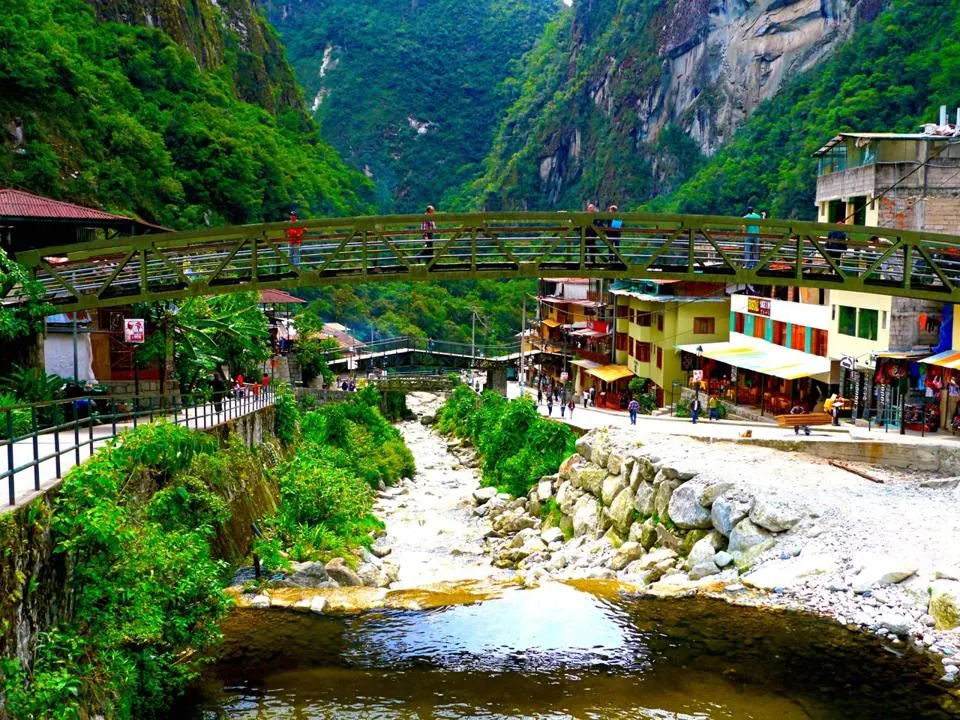
The unanswered questions surrounding Machu Picchu's past and breathtaking views as you trek the Inca Trail to discover this marvel is why it is among the 7 Wonders of the Modern World. Today, Machu Picchu is one of South America's most important archaeological sites and Peru's most-visited tourist attraction.
Why Machu Picchu?
Machu Picchu, one of the Seven Wonders of the Modern World
Embedded within a dramatic landscape at the meeting point between the Peruvian Andes and the Amazon Basin, at 7,972 ft above sea level, the Historic Sanctuary of Machu Picchu is among some of the most prominent artistic, architectural and land use achievements anywhere and the most distinguished tangible legacy of the Inca civilization. Having no written documentation of Machu Picchu by the Incas, there are so many questions left unknown which only adds to the mystique and magnetism of Machu Picchu.
Known for its stunning cultural and natural ethos, the UNESCO World Heritage Site covers an area of 32,592 hectares of mountains, peaks, and valleys that encircle its core, the incredible archaeological monument of La Ciudadela or the Citadel. Machu Picchu is a testament to the power and ingenuity of the Incan empire. An engineering masterpiece from 1450AD, Machu Picchu stands as a testament to the ability of the Incas, who crafted it without mortar, metal tools, or the wheel. After the Spanish conquistadors conquered the Incan Empire in the sixteenth century, the sanctuary was abandoned and never found by the Spanish. Long forgotten for hundreds of years, Machu Picchu was revealed to the world anew when archeologist Hiram Bingham rediscovered it in 1911.
EXPLORE
Discover Your Next Adventure

Cusco
Once the capital of the Inca empire, Cusco (or Cuzco in the English spelling) is nestled in the Andes Mountains at 11,152 ft. and is home to a legendary history that includes the rise and fall of the Inca Empire followed by the invasion of Spanish conquistadors in the early 1500s. Today, remnants of both eras share the narrow city streets – from centuries-old baroque cathedrals to exquisite stone masonry – creating a rare collision of Andean and Spanish styles that makes Cusco like no other place on earth.
Significance:
As the oldest city in the Americas, Cusco has been inhabited continuously for over 3,000 years shaping its culture, history, and architecture.
What I find interesting:
Cusco’s history makes it captivating in the present. With remnants of over eight cultures, every aspect of the city of Cusco is rich in history. With a blend of Inca and Spanish architecture to the ruins that date to pre-Inca times, the history of Cusco oozes appeal.

Vinicunca
Quickly becoming a noteworthy tourist attraction in the land of the Incas, Vinicunca, a word originating from Peru’s native tongue Quechua, which translates to “colored mountain” or Mountain of Seven Colors, is located in the Peruvian Andes, just three hours from Cusco. At 17,060 ft. above sea level, until recently, Vinicunca was hidden beneath ice and snow when climate change caused the glaciers to melt, revealing the geological wonder and offering stunning views that will take your breath away.
Significance:
Vinicunca is a sacred location in Peruvian culture that represents masculinity and fertility and protects the surrounding villages from evil.
What I find interesting:
This magnificent view is made possible by the mountain being concentrated with 14 different colorful minerals and was not visible as it was covered in snow yearly until 2013. The extraordinary landscape of Vinicunca makes this an addition to my bucket list, knowing the journey will be just as good as the destination.

Aguas Calientes
Unique and quaint, the town of Aguas Calientes is only accessible via train and is the gateway to the trails to take you to Machu Picchu. This distinct town has no vehicles other than the buses and trains that take you to the Citadel. Named after the thermal-medicinal waters that are approximal to the city's center, you can relax surrounded by the beautiful landscape of mountains after an arduous hike.
Significance:
Surrounded by mountains, cliffs, rivers, and an imposing cloud forest Aguas Calientes is a mandatory stop before entering Machu Picchu.
What I find interesting:
Aguas Calientes is a booming little tourist town offering incredible Peruvian dining options, lodging, and artisanal treasures. Aside from the major attraction of visiting Machu Picchu, this metropolis has plenty of day hikes to The Mándor waterfalls, surrounded by abundant vegetation and a great diversity of birds and butterflies, or to Putucusi mountain which is one of the peaks that surround Machu Picchu.